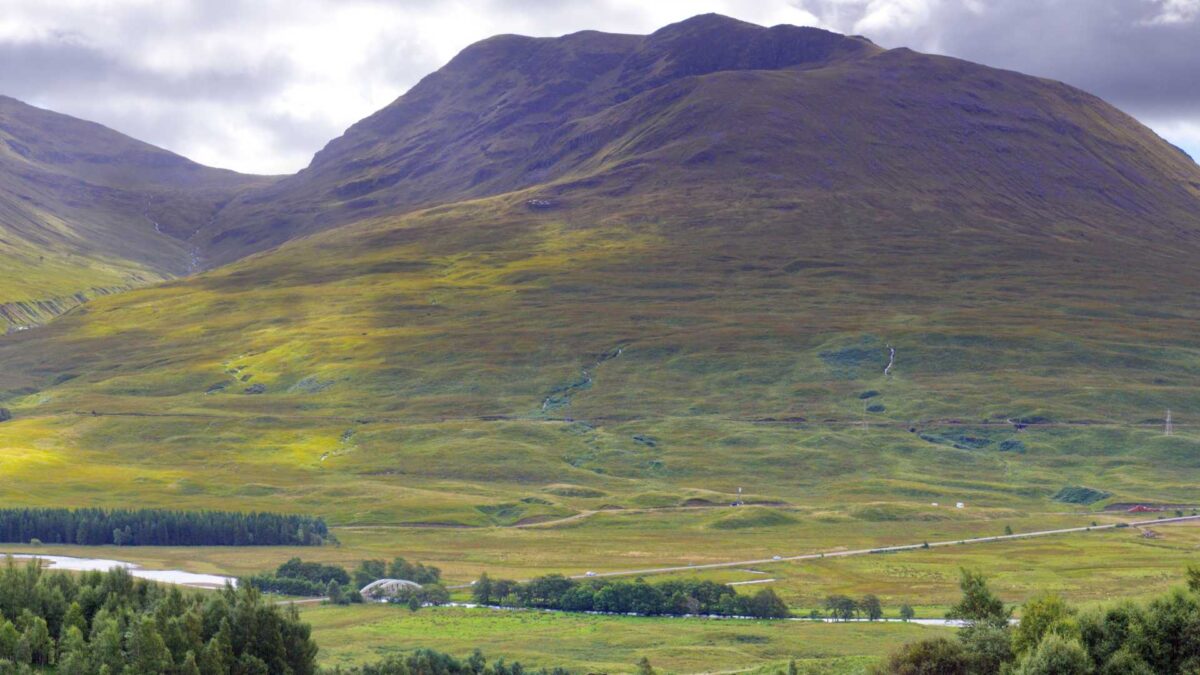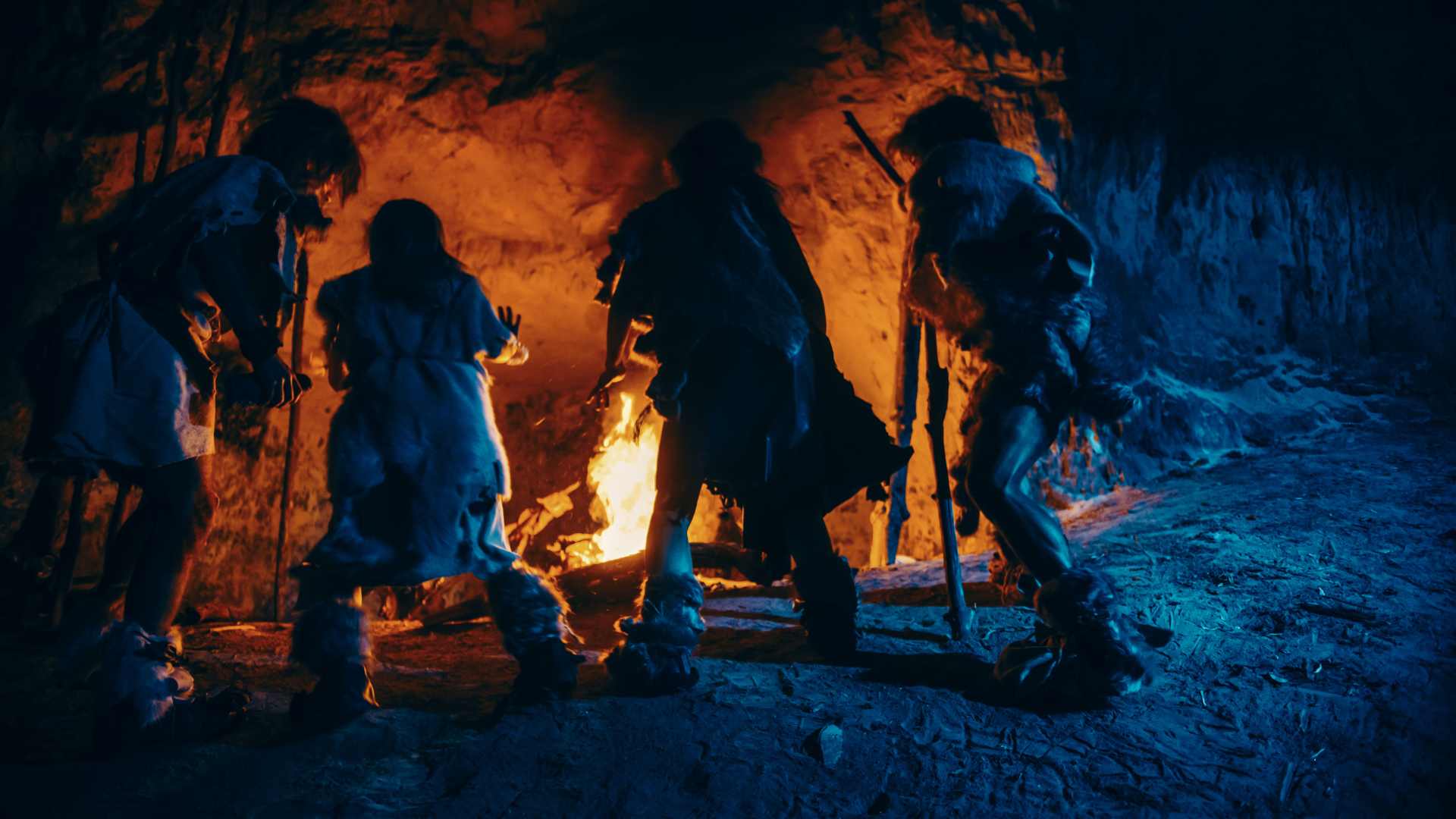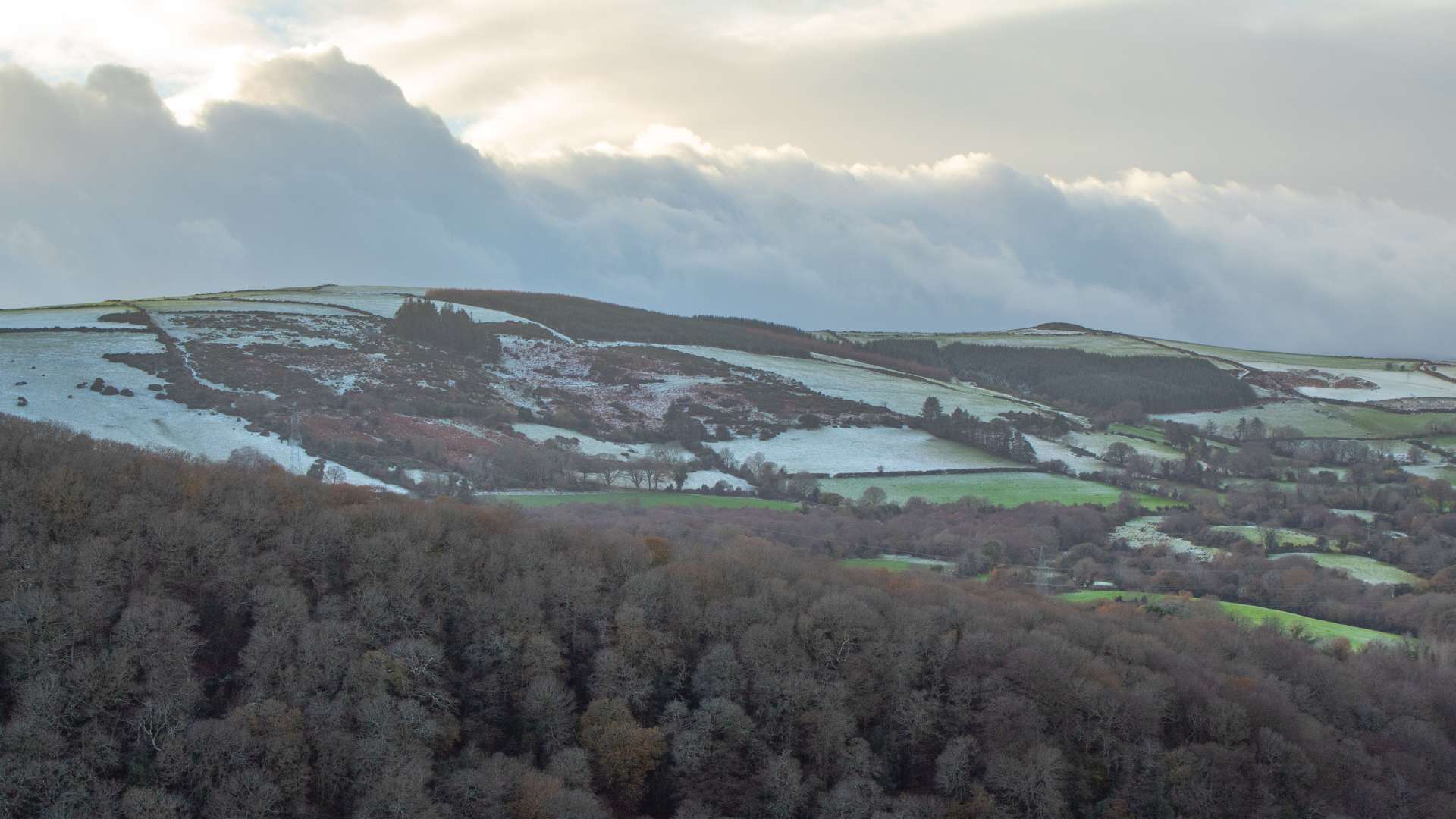
Ancient Pollen Shows How Biodiversity Shaped Scotland
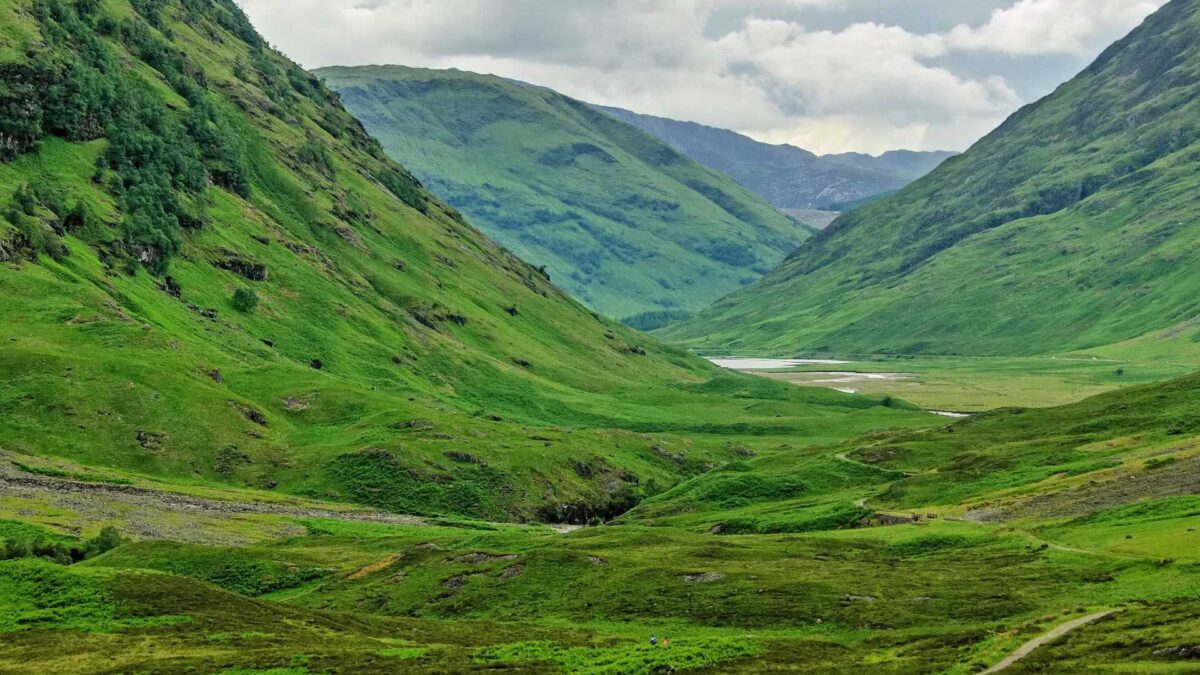
Scientists have shed new light on how plant communities in Scotland have responded to environmental change over the past 8,000 years.
The research, led by ecologists from the University of Edinburgh, University of St Andrews and National Tsing Hua University in Taiwan, examined two sites with contrasting histories: an ancient woodland and an area where woodland has been replaced by blanket peat bog.
Using a new technique to analyse ancient pollen preserved in layers of peat, the team was able to track not only the number of plant species but also the diversity of functional groups and the evolutionary history of plant communities.
The approach revealed patterns of biodiversity change that would otherwise have gone undetected. At the peat bog site, the slow development of thick, acidic peat drove gradual but persistent shifts in biodiversity and a long-term decline in woodland cover. By contrast, the ancient woodland displayed rapid changes, with a complex mosaic of habitats allowing species and evolutionary lineages to persist and recolonise despite repeated disturbances.
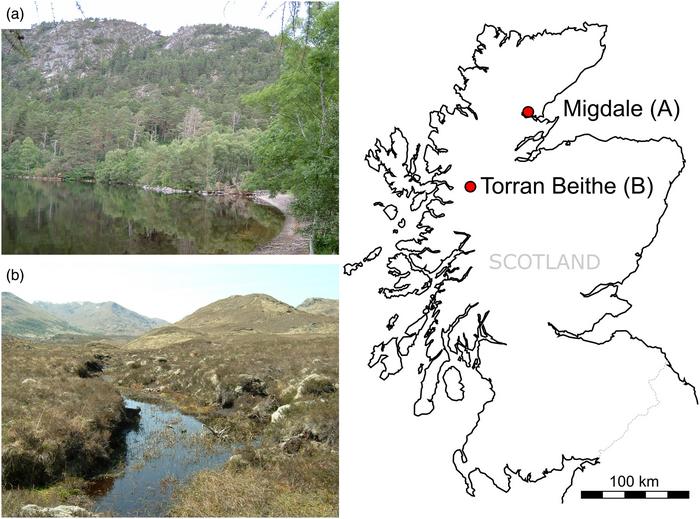
However, the study found a sharp decline in all forms of biodiversity over the past 1,200 years. Human management, including the dominance of pine trees, has reduced the previously diverse mix of species in the woodland.
Dr Amelia Penny, Lecturer in Ecological Science at the University of Edinburgh, who led the study, said the findings highlight the complexity of long-term biodiversity change. She added that the methods used could be applied to other palaeoecological records to better understand the history and potential future of biodiversity in landscapes worldwide.
The research was published by the British Ecological Society.
